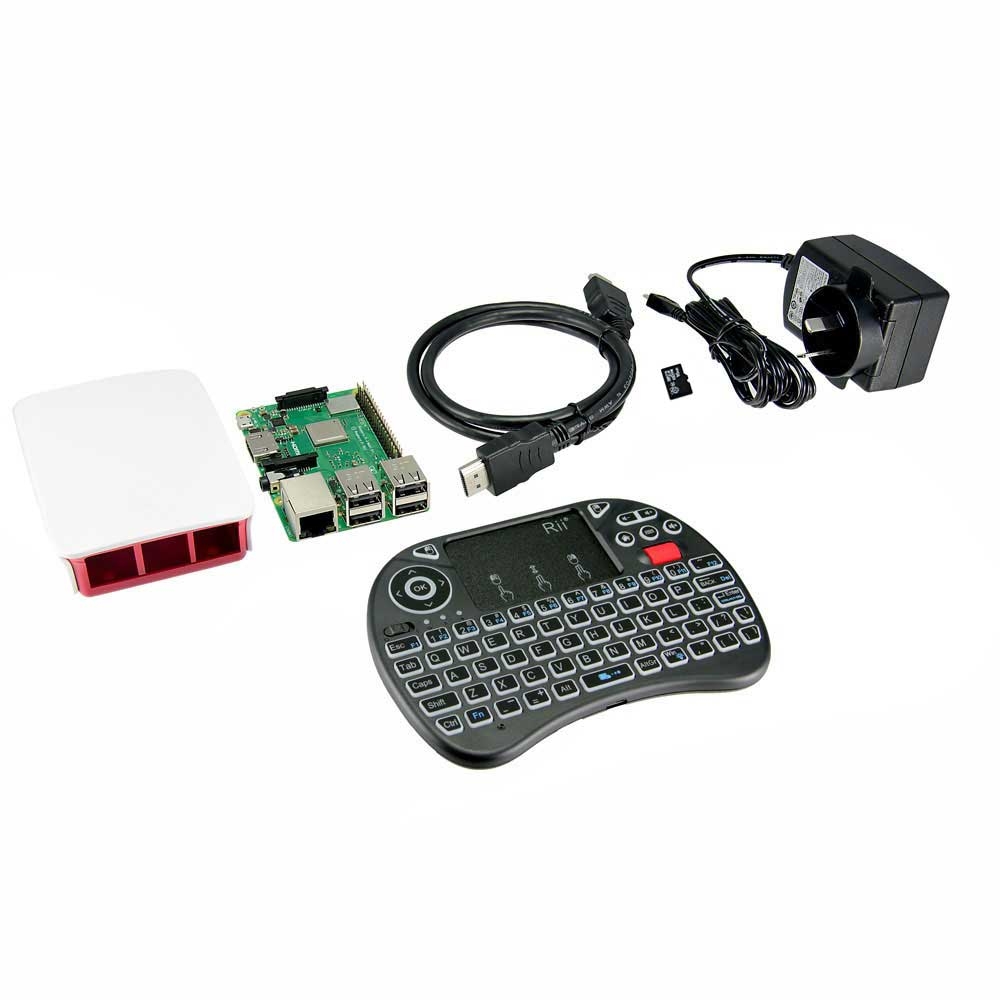

Overclocking makes a huge difference in performance for the Pi 1 I did not find the Pi 1 usable at stock settings, YMMV. However, because the Pi now comes with built in thermal throttling, you can overclock using the raspberry pi utility as described above without voiding your warranty. Overclocking: Overclocking can potentially shorten the life of your Pi or cause instability. If you have a USB DAC, just ignore that for now, this option is only about the behavior of the Pi's built in audio outputs. I wouldn't recommend using it for actual listening. Once you've picked your settings, reboot.Īudio: the Pi's HDMI output works great, but the built in stereo jack is not the highest quality output in the world. For easy use of mediacenter, I recommend a) setting the Pi to boot into a graphical desktop environment by default (ignore this if you're comfortable with the console), b) choosing the audio output you want by default (HDMI or the Pi's built in audio output*), and c) thinking about whether you want to choose one of the overclock* options in the advanced options. They have good instructions, and Raspbian works on both the Pi 1 and the Pi 2 (although you need an updated installation medium for the Pi 2).Īt first boot the Pi shows a config utility (called raspi-config). Install Raspbian onto an SD card using the downloaded NOOBS image from the Raspberry Pi website. The steps to get MC running on the Pi are somewhat similar to getting it running on a normal linux system, with a few tweaks. Mediacenter works best on a Pi 2, but will work on the Pi 1 B+ (especially if you overclock), but the experience is limited. There is now an official licensed ARM build. This guide to installing JRiver's ARM build for the Raspberry Pi version 1 B+ and the Raspberry Pi version 2.


 0 kommentar(er)
0 kommentar(er)
